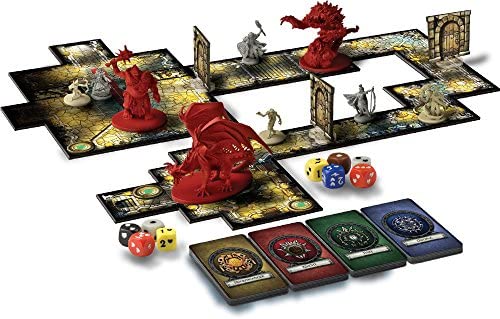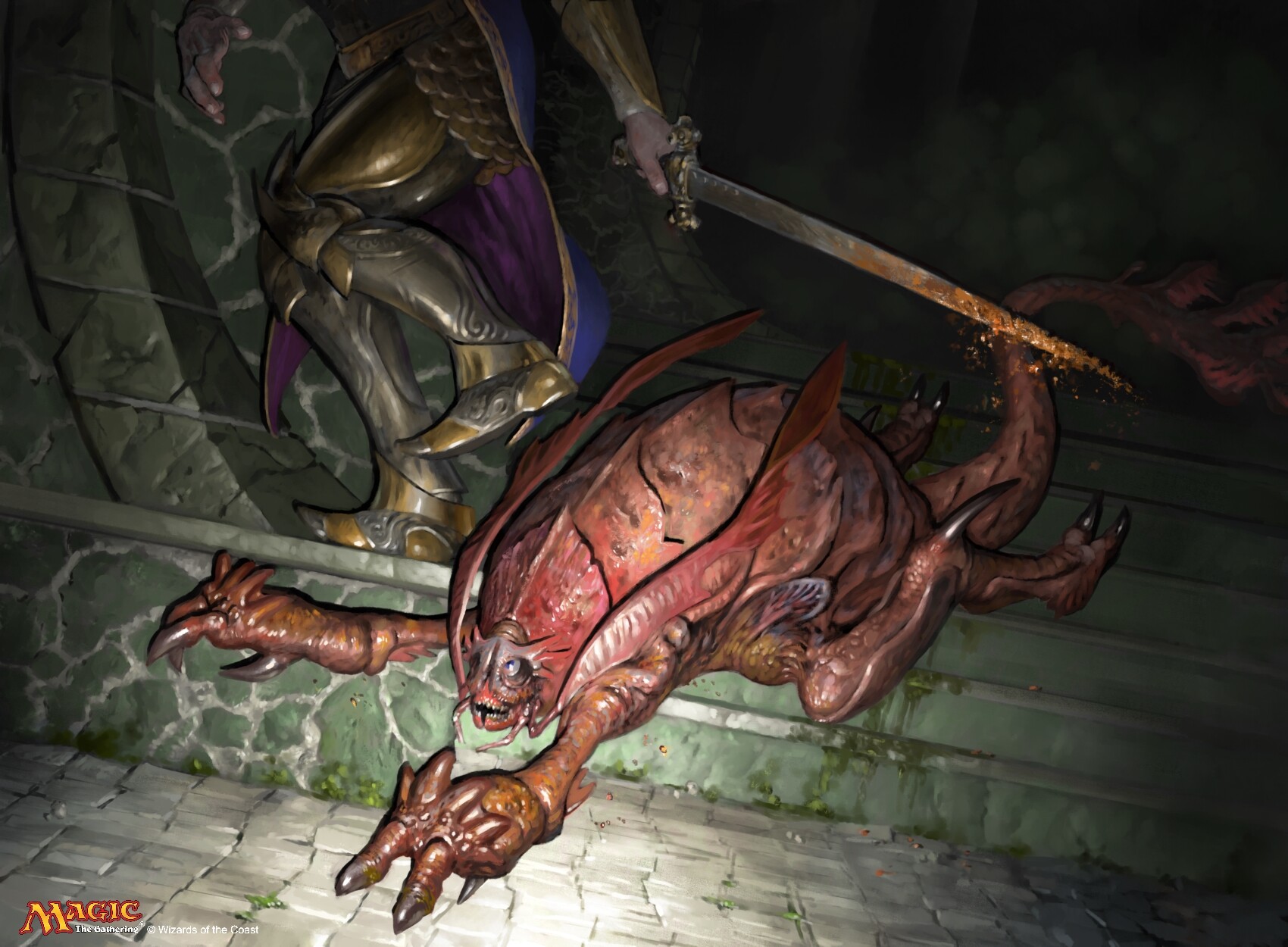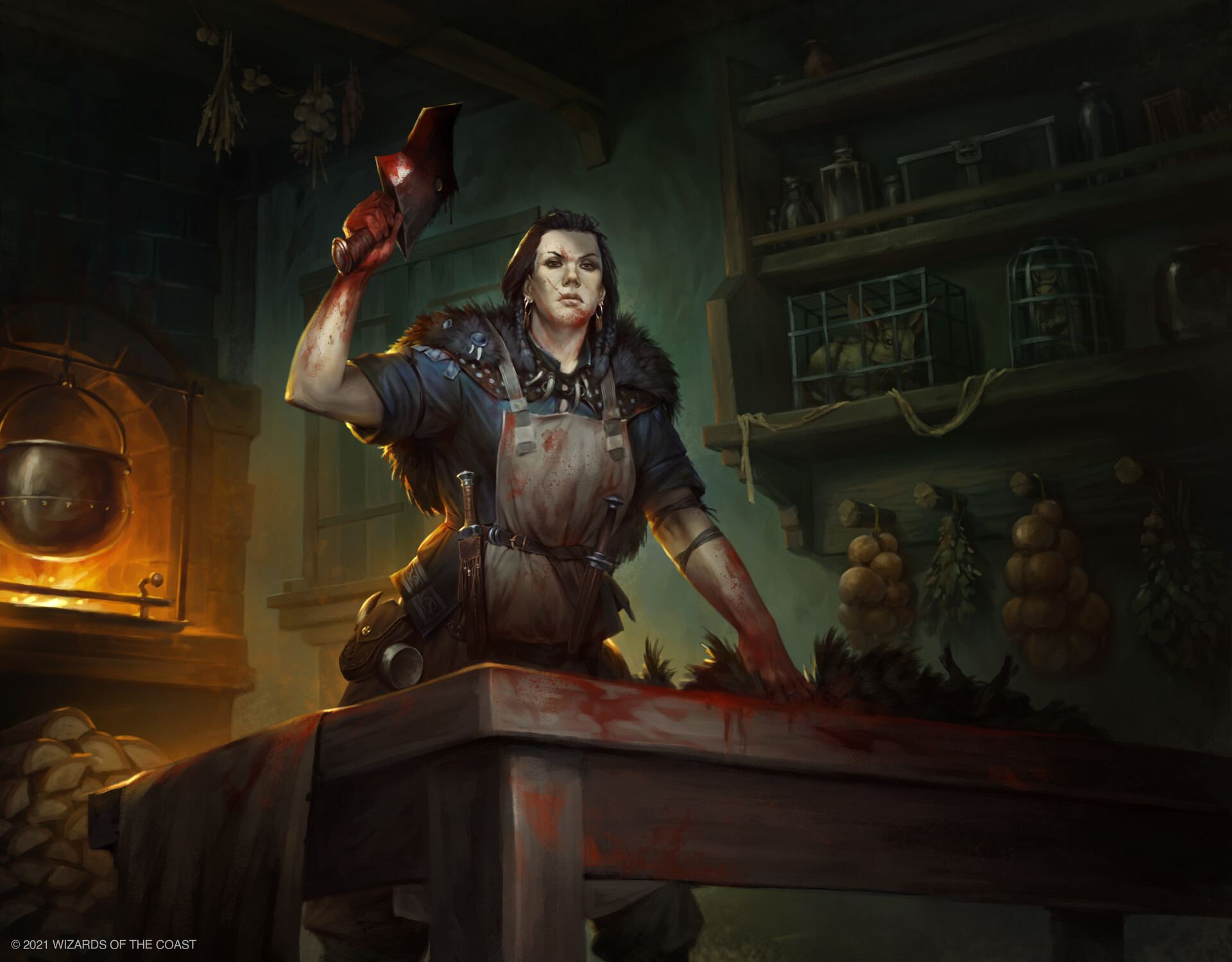
Mix Up Your Game Night with These 5 Epic Card Games
Don’t panic, but what if I told you that every third Wednesday, my gaming group has board game night to mix up our TTRPG campaigns? It’s true, and I’ve got to say that once we started doing that, our role playing campaigns gained back some of the fading “zing.” In fact, I’d suggest that nearly every game group could benefit from mixing things up with board and card games once in a while.
Here at Nerdarchy, we love all tabletop games, from TTRPGs (our bread and butter) to card games, board games, and beyond. While we probably talk most about tabletop role playing games like Dungeons and Dragons Fifth Edition and One D&D, sometimes you just need a different type of play.
After all, most of us enjoy a variety of different shows, movies, and video games. While not always the case, I’ve found that by diversifying one’s media consumption, it only makes your favorites all the sweeter. Much like with food, it’s eating a variety that reminds you why your favorite holds that auspicious title.
So, today, I want to share with you some of my personal favorites that I’ve discovered from mixing up our game nights with board games and cards games. This article will cover card games, and then we’ll cover board games in a follow up article.
Murder of Crows
Learning Curve: Easy
Number of Players: 2-6
Setup Time: < 2 minutes
If you like card games that are easy to learn and can be played while waiting for water to boil during dinner prep, then Murder of Crows might be your game. If you can appreciate some vaguely goth sensibilities and bit of goofiness as well, then this game is definitely your cup of tea.
I confess, it was I who introduced my group to this lovely little murder mystery game. It’s easy to pick up, quick to get in a game or two, and it has virtually no setup, making it easy to get out and put away.
Another great feature of this game is that you can comfortably shuffle multiple decks together to accommodate a larger game group. It’s flexible, convenient, and a real pleasure to play.
During gameplay, you lay down cards in front of you. Each card (except for the wild crows) has a letter in the word “murder.” The cards each possess a bit of text related to spooky locations, murder weapons, malicious motives, and quirky characters that build into a story. Your goal is to spell out the word “MURDER” in front of you before your fellow players.
Once a MURDER story is written, the winning player reads the tantalizing tale told by their cards.
Grab a copy here
Unstable Unicorns
Learning Curve: Easy
Number of Players: 2-8
Setup Time: < 2 minutes
I didn’t expect to find a gem of a card game on discount at Target, but here we are. Unstable Unicorns is an absolute delight, and it’s punny name is so quaint. This game is about building a stable of 7 unicorns for yourself.
While the number can be adjusted depending on the number of players (with more players requiring fewer unicorns in their stable), the game remains basically the same. You can play one unicorn from your hand per turn.
Normally, you’ll be playing basic unicorns, who like pumpkin spice, listen to vinyl, or meet the lumbersexual stereotype. However, a few unicorns have additional effects that spice up your game with Mario Kart-like antics and sabotage, lending to the “Unstable” part of the game’s name.
Whether you’re a brony or not, this game’s charm and adorable chaos is easy to horn into your game group’s routine.
Grab a copy here
Dixit

Number of Players: 2-6
Setup Time: < 5 minutes
Dixit is a weird sort of game. The rules can be a bit confusing if you’re unfamiliar with how it works, but once you get the hang of it, Dixit is truly enchanting. It’s reminiscent of an Apples to Apples game but wholly its own thing at the same time.
Setup includes a small board with colored pieces used to track points. Each player is then given a set of numbers of the same color. These numbers start at one and continue upwards, in sequence, up to the total number of players. These numbers are used to vote for which card a player chooses. We’ll talk about the choosing in just a moment.
The game is played with tarot sized cards. Each card has a work of art on it with some surrealist elements. Players are dealt a hand of five cards. One player will choose a card in their hand and they will say as many or as few words, phrases, or whatever other clues they wish about their card. They do this without revealing the card to any of the other players.
Each other player then looks at their own hand and pulls one card that they think best matches the description given by the initial player. The players will contribute their single card choices to a pile. The first player shuffles the pile and then presents all of the cards, restating their verbal clues with each card.
All players, except for the player who gave the clue, must then vote on which of the cards they think is the original clue-giver’s card. The goal for the clue-giver in the round is to get all but one person to vote for their card. The goal of the other players is to get others to vote for their card instead of the true card.
These votes are cast by secret ballot, using the numbers assigned to each player. The numbers correspond to the order in which the selection of cards was revealed. Once all players have cast their ballots, the clue-giver reveals the votes, and points are awarded accordingly.
Whomever gets to the end of the track (or whomever gets the most points in the game) is the winner.
Grab a copy here
Love Letter

Number of Players: 2-6
Setup Time: < 2 minutes
Love Letter is a game all about wooing the princess. Your goal is to guess where the princess card is. Each of the beautifully illustrated cards in this tiny deck possess different members of the royal court, with only one being the princess. Each card allows its player to perform an action in order to determine where the princess is.
This game is definitely the quickest of the lot listed in this article, and it makes for a terrific party game for introducing friends and family to more niche games beyond Uno, Clue, and Monopoly. Its simple design and rapid gameplay work as a gateway to introduce even non-tabletoppers to the wonderful world of gaming.
Grab a copy here
Digimon Trading Card Game (2020)

Number of Players: 2
Setup Time: < 2 minutes
My good friend, Senita, is the one who turned me onto the Digimon Trading Card Game. I’m not talking about the one that came out when Digimon first did. No, this new card game completely revamps the entire Digimon play system. Essentially, it works a lot like a simplified version of Magic: The Gathering. You buys cards to build a deck. Unlike some other TCGs (Trading Card Games), this one’s starter decks are surprisingly viable for play out of the box.
The core mechanic for the Digimon Trading Card Game is the Memory Gauge. This gauge appears on the top of most play mats (an optional accessory from third party creators), or it can be represented by two metal cards placed beside one another (included with every starter deck). The Gauge goes up to 10 on both sides. Whomever goes first in a game starts the game with 0 Memory. In order to pass the turn, the Memory Gaugae must slide past 0, granting the opponent memory.
How does the Memory Gauge move? Each card in the game has a play cost. Digimon also have a Digivolve Cost (which is paid when one monster transforms into another). That cost is represented by giving the opponent Memory, sliding the Memory Gauge closer to the opponent’s side of the Gauge. Once the Gauge passes 0, the turn is passed to the other player.
This exchange of Memory goes back and forth as each side’s Digimon attacks either other Digimon or the opposing player’s Security Stack, which works like hit points for the player and is represented by revealing what cards in a player’s deck ended up in their Security Stack.
There’s a bit more to this game (which is why the Learning Curve is listed as Difficult), but for players of games like Magic: the Gathering, Yu-Gi-Oh!, Pokemon, and other TCGs, the 2020 Digimon Trading Card Game is worth a play.
Grab a copy here
What do you think?
What are some of your favorite card games? Would you like to hear about some more of ours? Whatever your thoughts, we’d love to hear from you. So, sound off in the comments! You can also find us on Facebook or tweet @Nerdarchy. Until next time, may the deck never be stacked against you.











Pingback: Mix Up Your Game Night with These 5 Awesome Board Games – Nerdarchy
October 31, 2022 at 12:01 pm